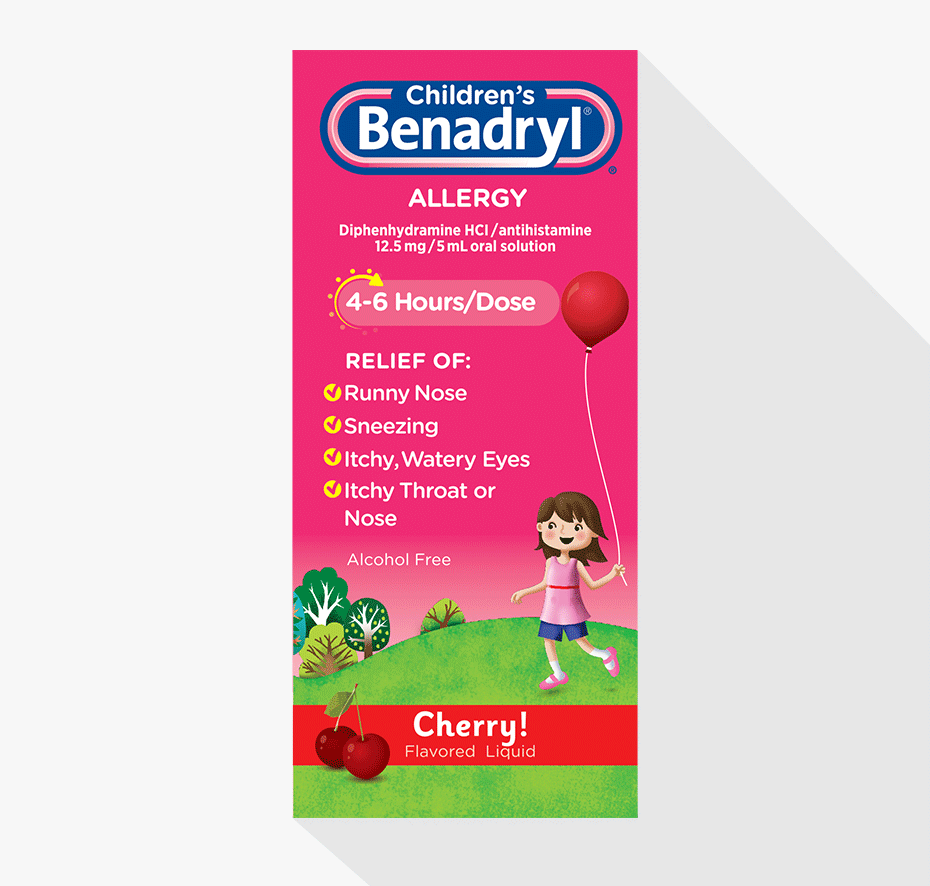
Benadryl for Babies: A Comprehensive Guide for Parents
Benadryl, an over-the-counter antihistamine, is commonly used to alleviate allergy symptoms in adults and children. However, its use in infants and babies requires careful consideration and medical guidance. This article provides a comprehensive guide to Benadryl for babies, covering its indications, dosage, side effects, and safety precautions.
Indications for Benadryl in Babies
Benadryl is primarily used to treat allergic reactions in babies, including:
- Hives: Raised, itchy bumps on the skin
- Eczema: A chronic skin condition characterized by dry, itchy, and inflamed skin
- Insect bites and stings: To reduce itching and swelling
- Allergic rhinitis: A condition causing a runny nose, sneezing, and congestion due to allergens
- Mild allergic reactions to food or medication: To alleviate symptoms such as itching, swelling, and hives
Dosage of Benadryl for Babies
The appropriate dosage of Benadryl for babies depends on their age and weight. It is crucial to follow the instructions provided by the healthcare provider or the medication label.
- Newborns (under 2 months): Benadryl is not recommended for use in newborns.
- Babies 2-6 months: 2-4 mg every 6-8 hours as needed
- Babies 6-12 months: 4-8 mg every 6-8 hours as needed
- Babies 1-2 years: 8-12 mg every 6-8 hours as needed
Administration of Benadryl
Benadryl for babies is typically administered orally in liquid form. It can be given directly into the baby’s mouth or mixed with a small amount of formula or breast milk.
Side Effects of Benadryl in Babies
Like any medication, Benadryl can cause side effects in babies, although they are generally mild and transient. Common side effects include:
- Drowsiness: Benadryl has a sedative effect, which can make babies sleepy.
- Dry mouth: Benadryl can cause dryness of the mouth and throat.
- Constipation: Benadryl can slow down the digestive system, leading to constipation.
- Excitability: In some cases, Benadryl can cause paradoxical excitability in babies.
Safety Precautions for Benadryl Use in Babies
- Consult a healthcare provider: Always consult a healthcare provider before giving Benadryl to a baby. They can determine the appropriate dosage and monitor the baby for any adverse reactions.
- Do not exceed the recommended dosage: Overdosing on Benadryl can be dangerous for babies.
- Avoid prolonged use: Benadryl should not be used for more than a few days without consulting a healthcare provider.
- Monitor the baby closely: Observe the baby for any signs of side effects, such as excessive drowsiness, difficulty breathing, or seizures.
- Do not give Benadryl to babies with certain conditions: Benadryl is not recommended for babies with certain medical conditions, such as asthma, heart disease, or liver problems.
Alternatives to Benadryl for Babies
In some cases, alternative medications may be considered for babies who cannot tolerate Benadryl or who have specific medical conditions. These alternatives include:
- Loratadine (Claritin): A non-sedating antihistamine that can be used in babies over 2 years of age.
- Cetirizine (Zyrtec): Another non-sedating antihistamine that can be used in babies over 6 months of age.
- Hydroxyzine (Atarax): An antihistamine with sedative effects that can be used in babies over 6 months of age.
Conclusion
Benadryl can be an effective medication for treating allergic reactions in babies when used appropriately under the guidance of a healthcare provider. It is essential to follow the recommended dosage, monitor the baby for side effects, and avoid prolonged use. If alternative medications are necessary, consult a healthcare provider for the best option based on the baby’s individual needs and medical history.
